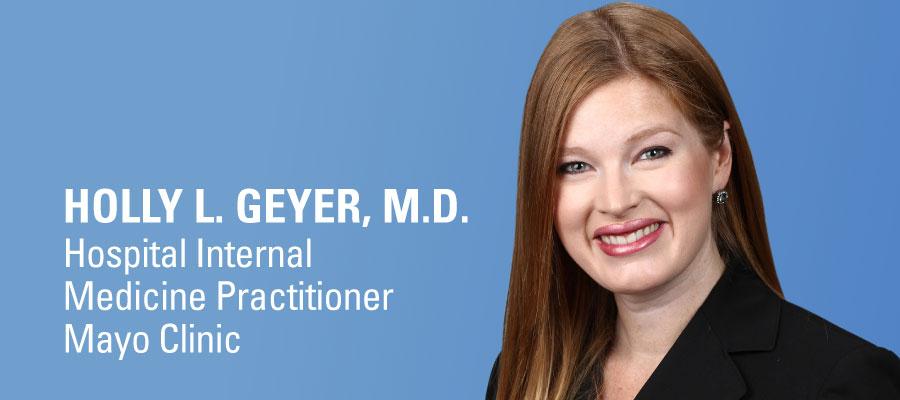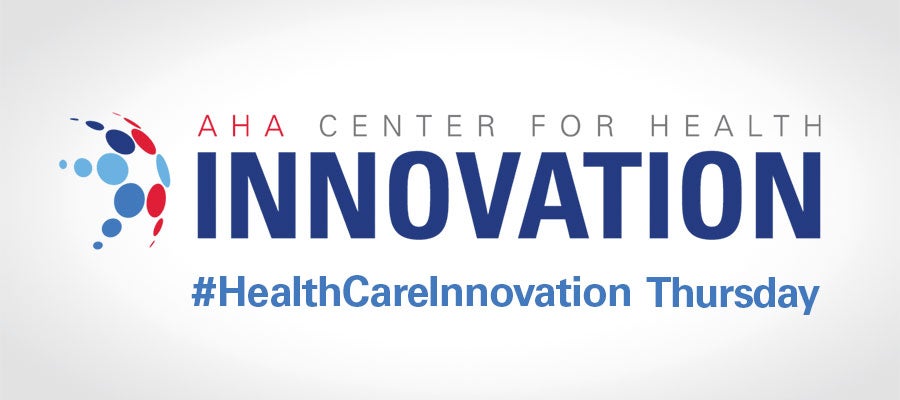What If Your Superpower Fit in Your Back Pocket?


How could I have been so unprepared? I held my 3-year-old’s hand tighter than a pediatrician would approve of as together we watched paramedics resuscitate the dusky pre-teen lying in the gravel. Within seconds, the opioid overdose antidote naloxone was administered, and color returned to the preteen’s near-lifeless torso. Guilt gripped me.
What I had planned as a peaceful afternoon at a well-groomed, family-friendly park in an affluent neighborhood rapidly dismantled into terror as a group of adolescents decided they were immune to the risks of drug experimentation. I can still hear the screams that echoed across the baseball field, “Somebody do something! He’s not breathing. He’s NOT BREATHING!” A crowd was assembling around a small, immobile figure in the distance. I’m a hospitalist. I’m an addiction medicine subspecialist. But with my daughter in tow to the scene, I knew I would not arrive a hero. What he needed was something I had never bothered to pick up from a pharmacy — a $15 kit for naloxone.
If we’re going to fix opioid problems, then our cures must be as prevalent as the disease. That means getting naloxone out of the pharmacy and into the community.
If it hadn’t been for the quick arrival of emergency medical services, America would mourn another statistic. Why wasn’t I prepared?
Perhaps I thought I would never need it?
It’s an easy justification. After all, who carries around a drug for a chance encounter with a stranger? My usual routines rarely took me into unfamiliar areas of town that I mentally affiliate with substance abuse. And between a wallet, diaper wipes, bandages and lipstick, my purse is already at max capacity. With a low risk of ever needing naloxone, why make the effort to carry it?
But opioids are everywhere. They are in our unlocked medicine cabinets, our underwear drawers and sitting on our kitchen countertops. They’re tucked in grandpa’s pocket protector, lacing our kids’ covertly smuggled cannabis and substituted into small white packets labeled “meth.” In a world once dictated by chance encounters with opioids, chances are now that we will encounter them.
Not convinced? In 2015, a study by the American Medical Association found that 1 out of every 3 American adults is using them. And reductions in opioid prescribing have not correlated with declines in national opioid use. In fact, the opioid black market is making a killing on its synthetic white powders. In 2021 alone, the U.S. Drug Enforcement Administration seized enough illicit fentanyl to provide a lethal dose to every American. With lethal doses identified in 42% of DEA-confiscated pills tested for fentanyl, understanding when not if seems a reasonable approach to preparedness.
Perhaps I thought it was too tough to access?
I routinely prescribe naloxone for patients. So I’ll acknowledge there’s some mental acrobats involved in understanding how a drug not technically licensed as “over the counter” can be dispensed by pharmacists without a patient-specific prescription. Through a standing order prescription process, 47 states now allow designated statewide health care providers to serve as surrogate authorizers for pharmacists to dispense the drug.
The goal is simple: Reduce barriers to naloxone access. Put it in the hands of patients, families, friends, law enforcement officers and anyone hoping for the chance to be a Good Samaritan. For most individuals, it’s as easy as going to a pharmacy, requesting the drug and making a low-cost co-payment. In addition, 48 states also allow health care professionals to offer naloxone prescriptions to family and friends of patients under their care.
Ensuring external parties have access to the antidote makes sense given that the average opioid user experiencing an overdose is an unlikely abettor to their own triage. State policies promoting increased access to naloxone have correlated closely with reduced incidence of opioid-related mortality. Further legal support through Good Samaritan and 911 drug immunity laws, which promote third-party interventions for overdoses and reduce charges or prosecution for illicit drug activity on scene, have decreased barriers to treatment. With naloxone now almost as easy to grab as fast-food in a drive-thru, the excuse of poor access seems ill-conceived.
Perhaps I thought it would be a hassle to administer?
If you can’t stand the sight of a needle, you’re not alone. For those outside the world of bedside health care, plunging a needle into anything besides a pin cushion can be a fear-provoking deterrent to preparedness. Fortunately, companies developing naloxone are fully aware of our society’s needle neurosis. Naloxone is now available in other easy-to-deliver forms including intranasal sprays, and the instructions that come with the drugs are designed to be straightforward for use in high-emotion environments. For those ambitious about getting educated, phone apps and online videos offer great opportunities to watch naloxone being administered in mock scenarios.
Perhaps I assumed somebody else would be prepared?
This hits closer to home. What happens when that “somebody else” assumes the same about me? The more we place the responsibility of preparedness on the shoulders of a stranger, the more society bears the weight of delayed response. The COVID-19 pandemic has reminded us of the value of herd immunity — having enough prepared individuals in place to shelter the unprepared from infirmity. It’s an age-old concept that has proved its value time and time again. Opioid problems are so rampant, they’ve been christened an epidemic. If we’re going to fix them, then our cures must be as prevalent as the disease. That means getting naloxone out of the pharmacy and into the community.
Perhaps I simply hadn’t made the effort?
To this day, I’ve tried to justify my ill-prepared encounter and fail to come to any conclusion more robust than reality. I simply hadn’t made the effort. A drug that was easy to access, small to store, simple to administer and quick to heal simply hadn’t been worth the effort to acquire. We almost lost that young person at the park. Because EMS came prepared, he’s now older. Also wiser. So am I.
If an example for carrying naloxone is going to be set, then let it be carried out by the community most familiar with the harrowing consequences of doing nothing: the medical field. Health care providers have an obligation to be the change we want to see in society. Patients view clinicians as authorities of health promotion. If we don’t prioritize this, why should they?
We must talk with patients about the risks of overdose. We must prepare them and their loved ones with naloxone prescriptions. We must ensure our hospitals and health systems have standardized the prescribing process. We must advocate for broad community access.
And above all else, we should keep a dose in our back pocket.
Holly L. Geyer, M.D. is a hospital internal medicine practitioner subspecialized in addiction medicine at the Mayo Clinic in Phoenix.
For more information about addressing the opioid epidemic and taking action, visit AHA.org.

